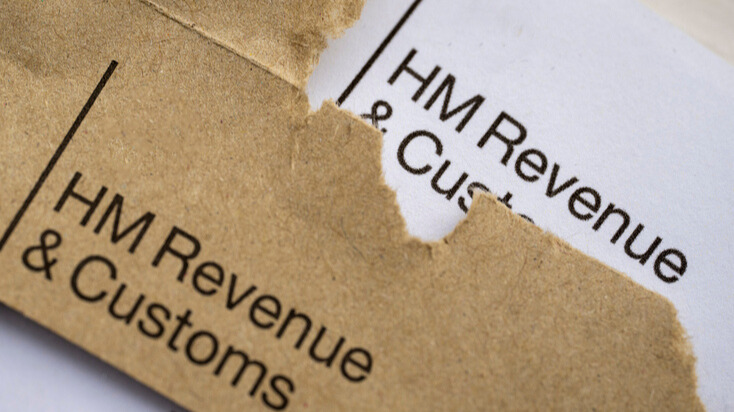The start of 2015 brought changes to the way value added tax (VAT) is calculated for direct-to-consumer sales of electronically supplied services. While the changes have been in effect for nearly three months, many small UK businesses remain unaware of, or uncompliant with, the new rules. If they haven’t already, impacted businesses must take action very quickly. To get up to speed, they can start out by following a few basic steps.
Step one: Understand what is changing
What businesses need to take note of is that until January 1st of this year, UK companies selling electronically supplied services to consumers in other EU countries paid VAT at the UK rate. This is no longer the case. Now, the UK seller must charge VAT according to the rate of the purchaser’s country.
As a result, UK businesses could be responsible for paying lower or higher than expected VAT rates, depending on which country or countries they are selling into.
To demonstrate that they are complying with these changes, UK businesses will need to find a way to determine and document the actual location of every customer, every time – and when necessary take steps to counter fraudulent consumer attempts to falsify geographies.
Step two: Find out if your business is affected by the new rules
VAT rules have only changed for businesses that sell particular services to particular countries. Any business-to-consumer digital delivery transactions in the EU, specifically telecoms, broadcasting and electronic services, are affected by the new legislation. The EU has provided a number of different ways to help you work out whether these new laws apply to you.
The simplest way to understand if you likely need to take action is to consider these three questions:
1. Is your business transacting online sales to consumers located in the European Union?
2. Does your business offer digital, broadcasting or telecom services online?
3. Are you the seller of record?
If your answer was yes to all three questions, it is likely that the new VAT law applies to you.
Step three: Be prepared to revisit your pricing strategy
If you are affected by these changes, then you will have to make some choices about how you adapt your pricing strategy to meet the new requirements. The main options to consider are:
1. Absorbing the increased costs and leave VAT-inclusive prices as they were in 2014, without passing on new costs to customers
2. Increasing prices for all customers to adjust for average increases in VAT liability
3. Implementing net pricing to adjust prices according to each customer’s location.
Implementing net pricing is the most transparent way to embrace the new VAT law. However, floating prices might raise consumer concerns and put tension on consumer protection obligations that require VAT-inclusive pricing.
Step four: Plan ahead
The onus is on businesses to detail in their VAT returns what country to remit the tax to. The VAT collected from customers outside of the UK, for example, must go back to the country where the customer is located. Businesses should plan ahead for managing the added complexity and increased costs that come with implementing this type of new process.
To help businesses organise their returns to the correct country, the remittance process can be managed through VAT MOSS, or Mini One-Stop Shop. VAT MOSS allows companies based in the EU to register to file their VAT returns in a single country. Once your one return is submitted, VAT MOSS will make sure your money gets to the right places.
Embrace the change
The new VAT mandate is here to stay. If your UK business is impacted, then it is vital that you make these changes. How will your business seize the opportunity?
James Fredlund is vice president of tax at Digital River.








